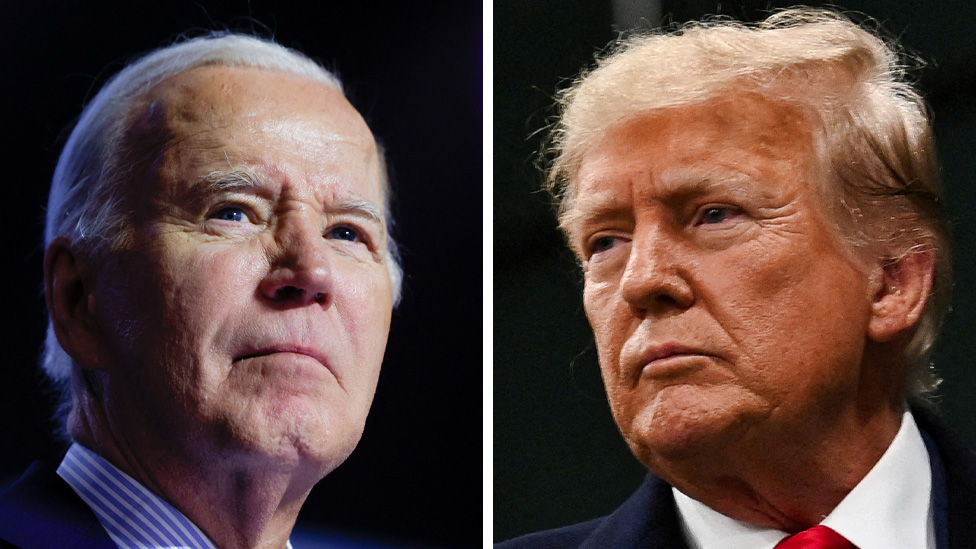The allure of a solar eclipse is undeniable—an otherworldly phenomenon that captivates the imagination and draws crowds of eager spectators. However, amidst the excitement and wonder, there lurks a hidden danger: the potential for serious eye damage. As the world prepares for another celestial spectacle, it is essential to heed the warnings and understand the risks associated with directly viewing a solar eclipse.
Setting the Stage: The memory of former President Donald Trump’s ill-advised glance at a solar eclipse serves as a cautionary tale, highlighting the consequences of ignoring safety guidelines. Despite occupying the highest perch of government, Trump’s actions defied both science and common sense, underscoring the need for public education on the dangers of unprotected viewing.
Expert Insight: To shed light on the potential hazards of viewing a solar eclipse, I spoke with Dr. Viola Kanevsky, a renowned optometrist based in New York. Dr. Kanevsky’s expertise provides invaluable insights into the physiological effects of solar exposure on the human eye and underscores the importance of preventative measures.
Understanding Retinal Damage: The retina, a delicate layer of tissue located at the back of the eye, plays a crucial role in vision. When exposed to the intense light of a solar eclipse, the retina can sustain irreversible damage, leading to a myriad of symptoms including reduced acuity, distortion of vision, and even blind spots. Unlike external injuries that cause pain, retinal damage often goes unnoticed, with symptoms manifesting hours or days after exposure.
The Importance of Prevention: Prevention remains the cornerstone of eye safety during a solar eclipse. Dr. Kanevsky emphasizes the necessity of using approved solar eclipse glasses or indirect viewing methods, such as a pinhole camera, to protect the eyes from harmful radiation. Failure to adhere to these precautions can result in long-term consequences, including permanent vision impairment.
Navigating the Aftermath: In the event of solar retinal damage, prompt medical attention is essential. While some cases may resolve over time, many individuals experience lasting effects such as distorted vision or blind spots. Unfortunately, there are no procedures to reverse the damage, underscoring the adage that prevention is indeed the best form of treatment.
Educational Outreach and Public Awareness: As the world anticipates the upcoming solar eclipse, educational outreach and public awareness campaigns play a crucial role in disseminating information about eye safety. By empowering individuals with knowledge about the risks and preventative measures, we can minimize the likelihood of avoidable injuries and safeguard the vision of future generations.
The allure of a solar eclipse is undeniable, but so too are the potential risks associated with viewing it directly. As we marvel at the wonders of the universe, let us not forget the importance of protecting our most precious sense—sight. By heeding expert advice, practicing caution, and prioritizing prevention, we can ensure that the experience remains awe-inspiring without compromising our ocular health.
